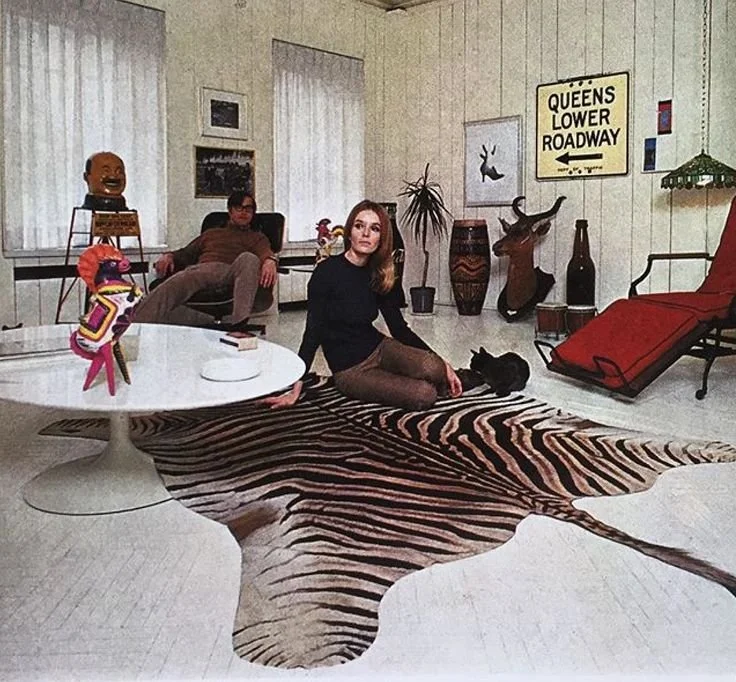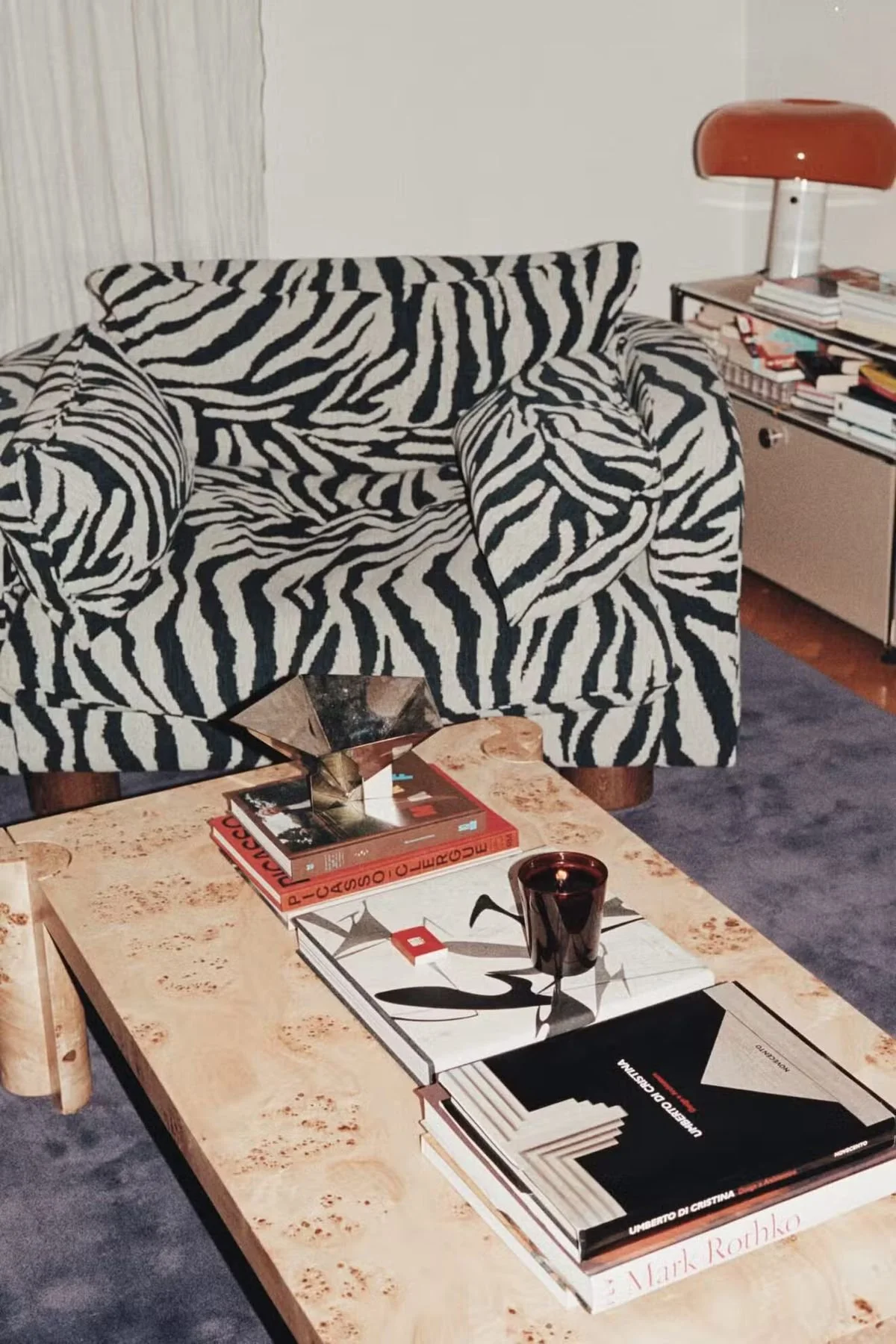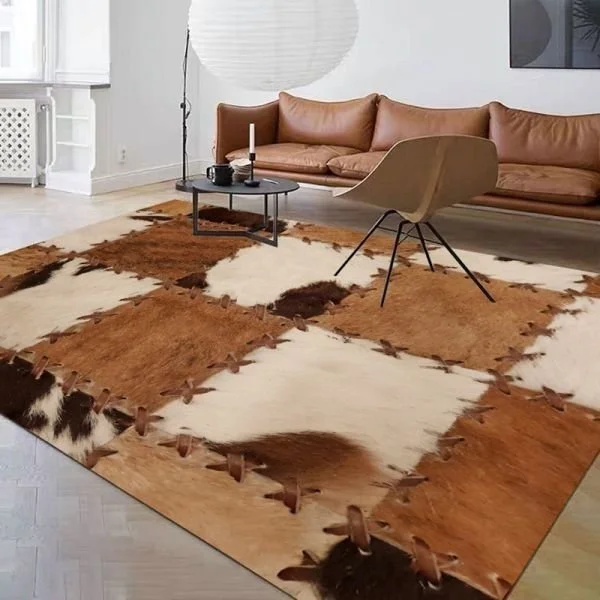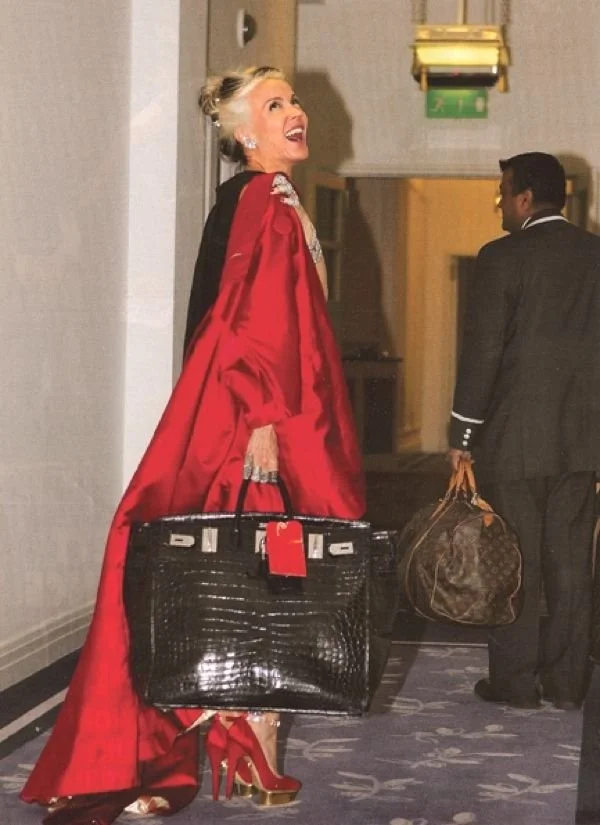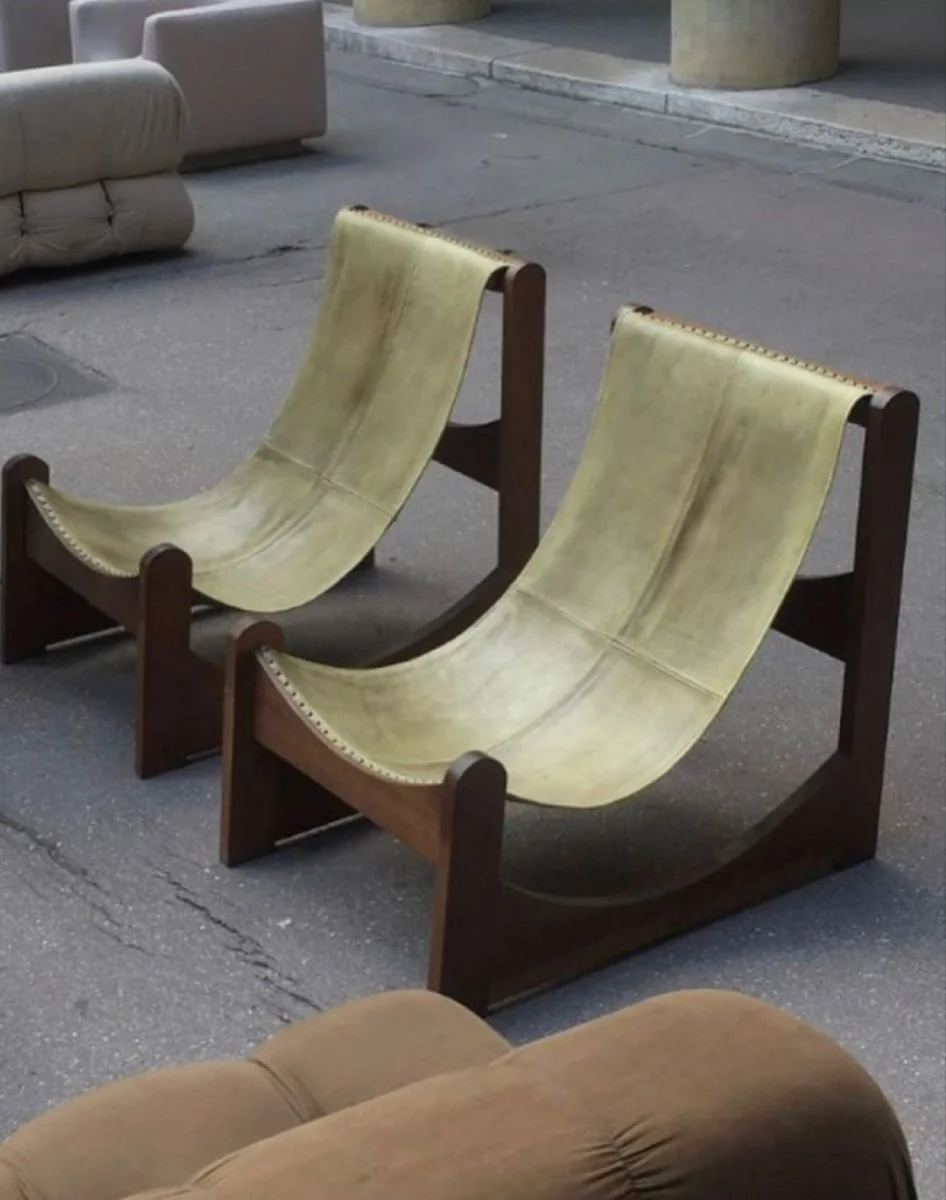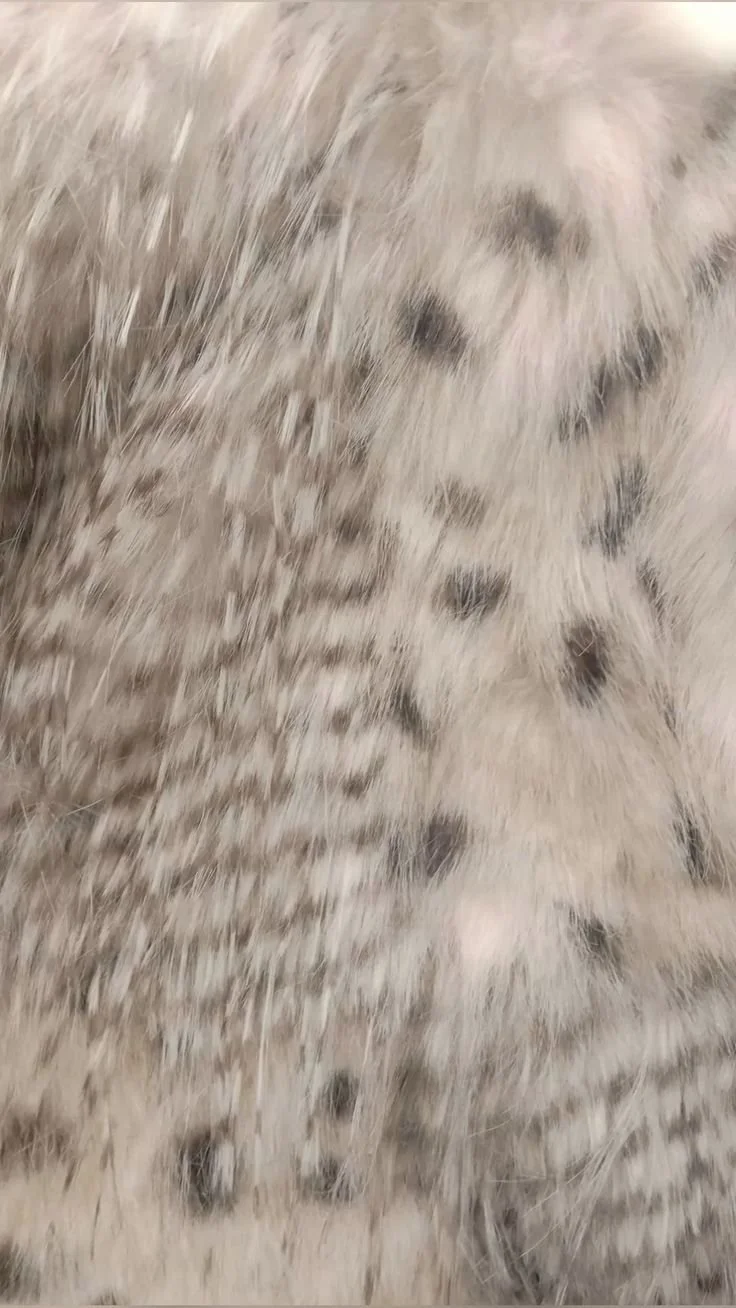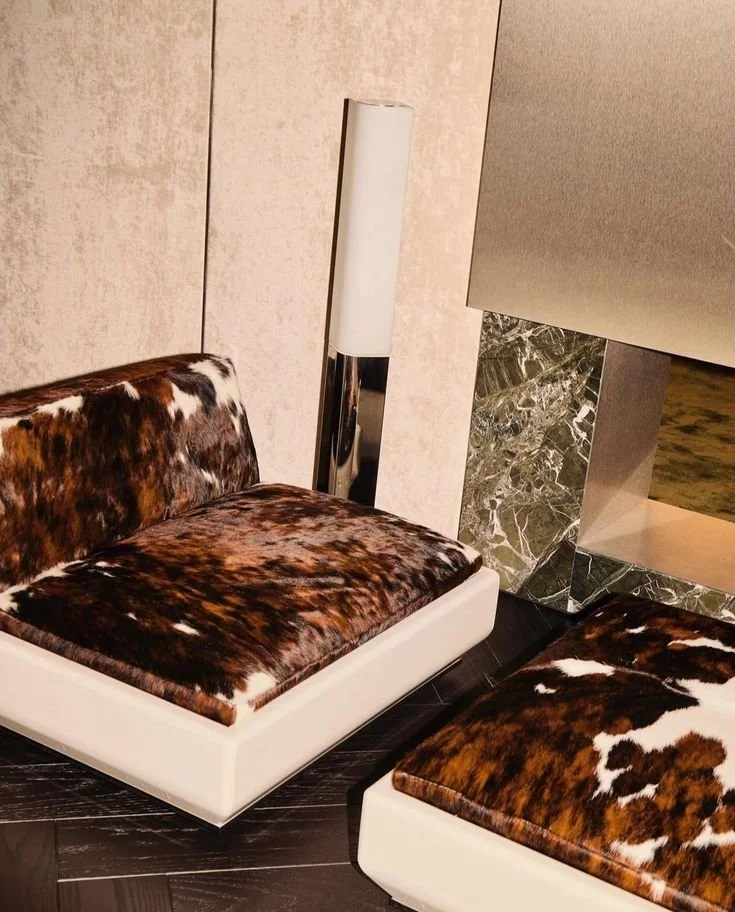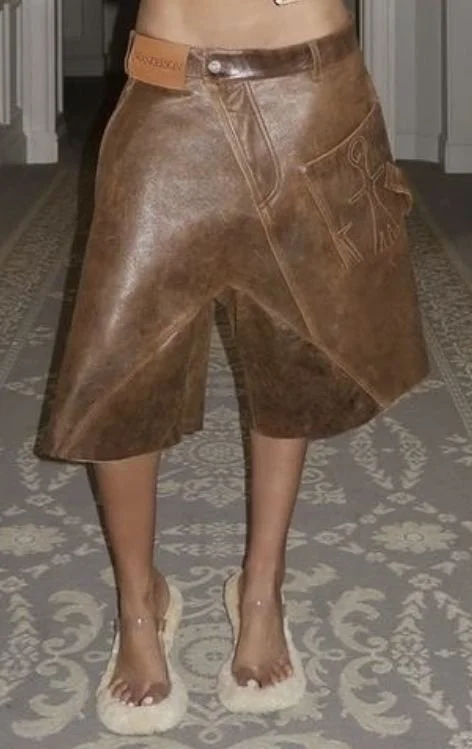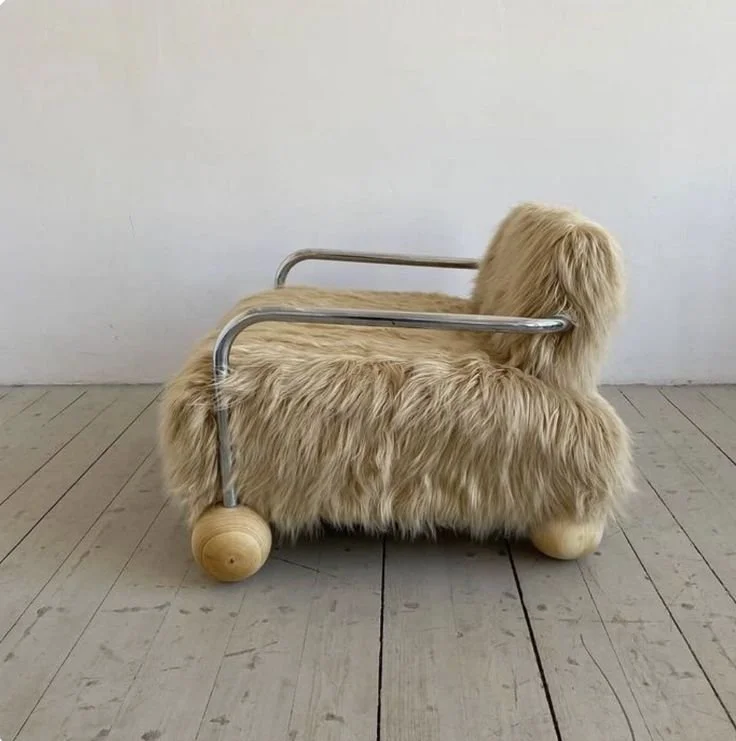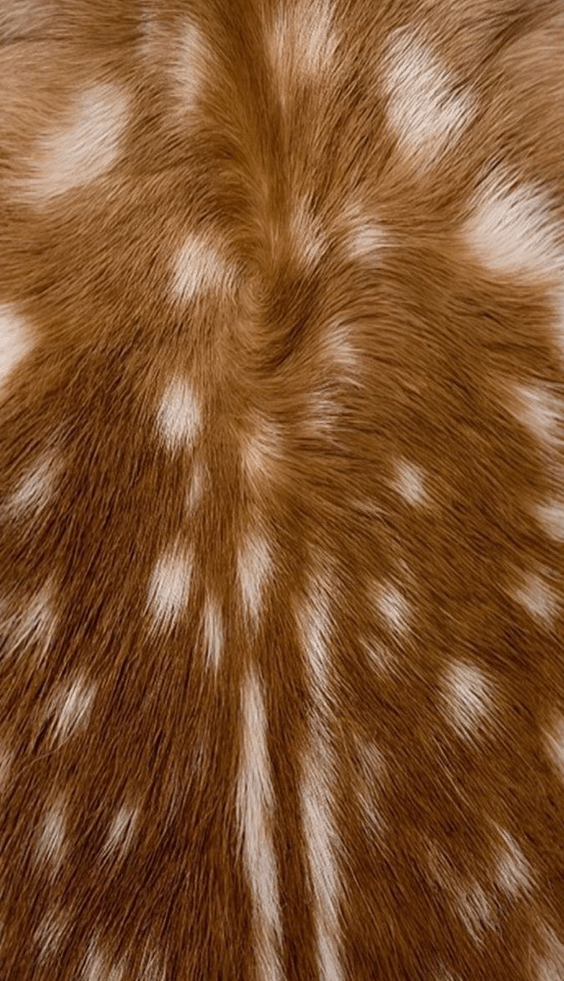Animal Pelt and Its Variants
With trends switching around faster than you could catch up with, timelessness becomes a rare sight. In a world with countless micro-trends, ‘this’ has long been a symbol of style, elegance and wealth, greatly intertwined with the fashion and interior design scene. And we are talking about—animal pelts.
To call the use of animal pelts a trend would be a vast understatement. We can trace back to as early as 400,000 years ago, where pelts were already used for clothes and shelters. In fact, pelts could be considered the very origin of textiles.
Animal pelts hold an undeniable place in the fashion scene. The iconic Birkin Bag is the symbol of animal pelts-based fashion items. The use of crocodile skin, in particular, is the key factor in the Birkin’s luxurious price point and exclusive rarity. It is through this precious material that the bag achieves its distinctive natural texture and scale patterns, radiating a sense of opulence that is hard to replicate. Beyond the Birkin, animal pelts of all sorts are consistently featured in every season’s fashion shows, appearing in jackets, shoes, accessories, and more.
Despite ethical and environmental concerns towards the use of animal pelts, these materials remain significant and appealing to designers. Not only is it a recurring presence in the world of fashion, they are inextricably linked to interior design.
Among all pelts, fur, known for its luxurious texture and exceptional warmth, is often used for sofas and carpets. It provides unmatched comfort especially on colder days. Leather, ranging from cowhide, sheepskin, deer skin and more, remains a popular choice for furniture. The distinctive nature of pelts proves a furniture piece’s exclusivity and individuality, standing as a tasteful and powerful statement of one’s status and wealth. The flexibility of pelts again demonstrates their irreplaceability in the interior world.
Apart from extravagant animal pelts, we have been seeing the emergence of alternate textiles, such as vegan leather, synthetic leather and faux fur. These materials highly resemble the look and feel of actual pelts, while providing greater resistance and longevity, making them a practical choice for interior design.
Animal print fabric is another compelling option. Despite lacking in the unique texture and luxury of genuine pelts, animal print fabric excels in its affordability and versatility. The fabric type can also be customized to fit various purposes, with adjustments in texture, drape, and breathability. From leopard print bedsheets to zebra print silk scarves, the application of animal prints have no bounds.
As animal print is making a comeback bigger than ever, the versatility of available textiles allows consumers of all ranges to style themselves and their spaces with animal-inspired designs.
It would be a prejudice to think animal print is inherently loud and vibrant. In reality, animal print can be remarkably subtle, adding a refreshing touch to any space. Bold or subtle, an animal print accent is a timeless statement, an expression of taste and style.
We hope you have enjoyed this exploration of the world of animal pelts and prints. Subscribe to our Housemood for more design inspiration and trend insights!

